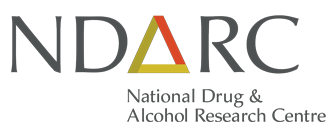
Nitrous oxide (N2O) has been used recreationally since the 1960s, typically by discharging nitrous gas cartridges (bulbs) into another object, such as a balloon, or inhaling the gas directly into the mouth.
Peak effects, which include a rush of euphoria, heightened consciousness, disassociation and excitement, occur around one minute after ingestion. The effects of N2O are heightened by use of other psychoactive drugs. N2O is legal, relatively easy to obtain, and inexpensive.
Health issues associated with N2O use include; asphyxiation (mostly to do with the method of administration), depletion of vitamin B12 and, in extreme cases of prolonged use, acute mental health conditions have been reported, such as psychosis and conversion disorder.
There is little research examining the prevalence of N2O use. A survey of 1360 university students in New Zealand showed that 12% of the sample reported using N2O in the past year; with these people being slightly older than non-users. The average number of bulbs reportedly used in one session ranged from two to six.
This research explores N2O use among regular psychostimulant users (RPU) surveyed as part of the 2013 Victorian Ecstasy and related Drug Reporting System (EDRS).
Resources
Author(s)
Cerissa Papanastasiou , Paul Dietze
Date commenced
25 Oct 2013
Resource type
Posters
Author(s)
Cerissa Papanastasiou , Paul Dietze
- Overview
- News
- Our team
- References




